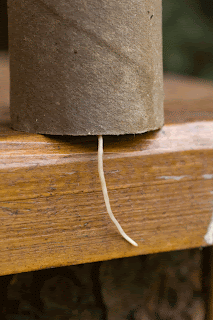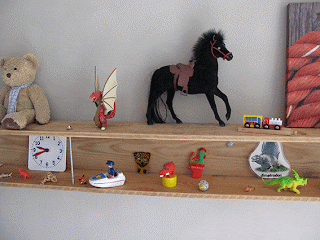I suppose they should be called footstools, but baby benches (baba bankies) just sounds so much more endearing.
We have plastic footstools scattered all over our house and I really wanted to replace them with something more aesthetic. The kids for instance use them to reach the basin in the bathroom and to properly see on top of the kitchen counters.
The prepared scaffolding plank in my previous blog was just long enough for two of these little foot stools.
In calculating the dimensions, I used the proportions of the Golden Ratio (Golden Rectangle or Phi) for a pleasing and well balanced effect. It is a ratio that is often repeated in nature and have been very successfully used in architecture, art etc over 1 000’s of years. I actually attempted a blog post about the Golden Ratio and it’s uses in Interior Design but aborted the attempt for fear that I might irreversibly confuse you. I’ll leave it to the experts to explain here or hear if you are interested.
What I cán say is that I have used this Ratio very successfully when deciding on the placement of door knobs & handles, the proportions of a bookshelf, a home made lamp etc. It is something to fall back on and guaranteed to be pleasing on the eye.
What I cán say is that I have used this Ratio very successfully when deciding on the placement of door knobs & handles, the proportions of a bookshelf, a home made lamp etc. It is something to fall back on and guaranteed to be pleasing on the eye.
That said, the planks where cut up and the rest where left to screws and woodglue.
With the glue dry the stools got sanded very lightly to round the edges where they will be handled and to remove any obvious splinters.
I then used a threaded rod and some nuts to secure the legs a bit.....(placed at the height of the Golden Ratio) just to ensure they will last for generations. The rods and their stainless steel ornamental fasteners also add a little contemporary touch, just to balance out the rough texture of the wood.




































